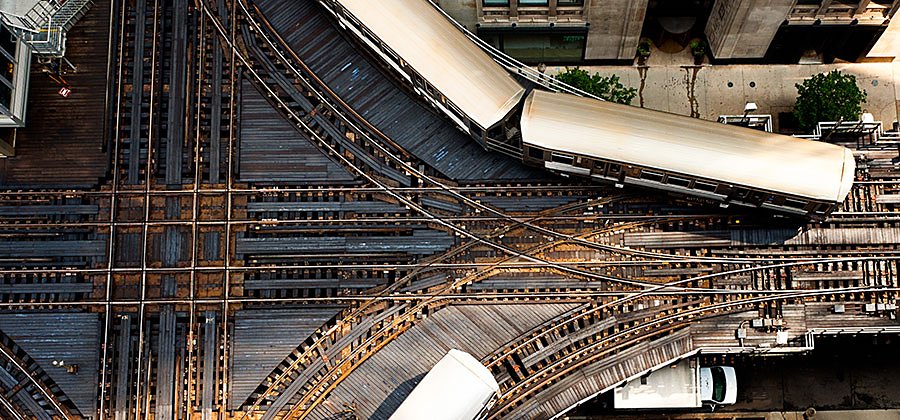Unity is a principle of visual design in photography that involves the repetition of certain elements in an image to make it visually pleasing. The seven basic principles include the following.

How To Use The 7 Principles Of Art And Design In Photography
THE PRINCIPLES OF DESIGN IN PHOTOGRAPHY September 15 2016 The Unity occurs when all of the elements of a piece combine to make a balanced harmonious complete whole.

. Proportion signals whats important in a design and what isnt. Relationship of one thing to another in size. Practice unity photography principles by finding and highlighting synchronicities or subtle repetitions whether in a studio photoshoot or out in the world.
Types Symmetrical or formal balance Asymmetrical or informal balance Radial balance Vertical balance Horizontal balance Balance The. Unlike painters photographers dont physically create the objects we capture. It creates a sense of completeness and completion.
Simply put its the size of elements in relation to one another. Nothing should be useless or placed randomly. Making sure your graphics elements are aligned will create a sense of cohesion within your design.
In other words every aspect of your design needs to align with something else. Ion interior industrial and product design. Principles of Design Unity.
Find harmony in the world around you. Unity as a design principle is not just for photography it applies to all aspects of. Rhythm is a type of movement in art.
The size of one part of the artwork to its other parts is called proportion. Photography Graphic Design Movement adds excitement to your work by showing action and directing the viewers eye throughout the picture plane. It is seen in repeating of shapes and colors.
To achieve this precious state of harmony the designer needs to make sure that every element really belongs to the composition with a specific place and role. Proportion is one of the easier design principles to understand. Unity can be construed in two ways.
Gives a feeling of equal attractions tensions or visual weig. The principles of design are a set of seven essential guidelines that help advise designers on how to produce a succinct and compelling piece of work each and every time. Employing unity when creating a photo brings all the elements together to make a cohesive strong image that feels like they all fit together.
If similar elements are REPEATED they will appear to related. Line Shape Form Texture Pattern Color Space Composition Light Depth of Field Vantage Point or Perspective. Unity in design exists when all elements are in agreement.
Both physical and visual balance exist. The design field is the subject of Chapter 16. Pasadena Ca Design can be something that dawns on you while you are drawing painting arranging type shooting photos etc.
Alternating lights and darks also give a sense of rhythm. Alignment Alignment aids in balance and proximity two essential principles of design unity. The Unity Principle of Design states that design elements should be both visually and conceptually harmonious.
Seven principles of design photography and art. Elements with similar color texture shape etc will cause the viewer to group them together. Balance Rhythm Emphasis Proportion and scale Movement Contrast Unity Visual Design Principles Parts of the design are equally distributed to create a sense of stability.
Grade 5 10 Artistic Perception 11 Identify and describe the principles of design in visual compositions emphasizing unity and harmony. Alignment leads your reader through your design. Unity is one of the key principles of design and other visual arts and working elements of unity into a photo composition can elevate it into a work of art.
These are the elements of photography. Its best achieved by thinking about content and function. Unity is another of those hard-to-describe art terms but when its present your eye and brain are pleased to see it.
This happens when the principle of unity is used to create a photograph. Gives a sense of order quality of continuity and feeling of. Online Definition Unity in a composition is achieved when all of the design principles balance movement emphasis visual economy contrast proportion and space have been correctly applied My Definition Unity is when all of the main design principles are combined to create an image that makes sense to the observer.
Larger elements are more important smaller elements less. Rhythm emphasis unity and movement balance pattern and contrast. The seven principles of art and design in photography.
Through unity the elements of your image are not competing with each other for attention. Here we will focus on design principles that can apply to all works of art. Balance Space Emphasis Movement Contrast Pattern or Repetition Unity or Harmony These principles have been around as long as artists have been translating the real world onto two-dimensional pieces of canvas.
Unity is seen in art when all the parts equal a whole. This will lead to better photos and more photographic opportunities. If the design was a scale these elements should be balanced to make a design feel stable.
Using the seven principles allows you to take greater control of your photographic practice. The idea behind the principle of unity is to create an image where all elements support each other and all work together toward a common goal to express your intended message. EnglishLanguage Arts Content Standards for California Public Schools Grade 3 Writing 20 Writing Applications 22 Write descriptions that use concrete sensory details to present and support unified.
Balance is the distribution of the visual weight of objects colors texture and space. Balance rhythm pattern emphasis contrast unity and movement form the foundation of visual arts. The Principles of Photography Unity or Harmony Balance Emphasis Proportion Contrast Rhythm or Repetition Movement What Are The Elements of Photography.
The closer elements are to each other the more likely the viewer will see them as a group. Balance Contrast Emphasis Proportion Movement Pattern and Unity. Principles of Design The principles of design describe the ways that artists use the elements of art in a work of art.
Examples of design elements in 11. Art Appreciation Principles of Design. A powerful prequel for all art and design students Wayne Hunt Adjunct Professor Art Center College of Design.
Up to 10 cash back Unity and rhythm elegantly explained and demonstrated. The principles of design are usually discussed in terms of the qualities of balance emphasis proportion and scale rhythm and repetition and unity and variety. UNITY helps create a sense of completeness.
Sep 28 2019 A principle of art Unity occurs when all of the elements of a piece combine to make a balanced harmonious complete whole. Conceptual unity In a nutshell conceptual unity can be described as singleness or the act of combining things for the users convenience.

Unity Artist Via Lushlight Photography Blackandwhite Picture Taken Of A Group Of People Whose S Photography Elements Symmetry Photography Unity Photography

What Is Unity In Photography Adobe

Unity Samantha Panzera S Photography Work Principles Of Design Unity Photography Principles Of Design Harmony
Principles Of Design Blake Mrs Cook S Art Class

What Is Unity In Photography Know It Info

7 Principles Of Design In Photography

31 Unity Ideas Unity Elements And Principles Unity Photography

0 comments
Post a Comment